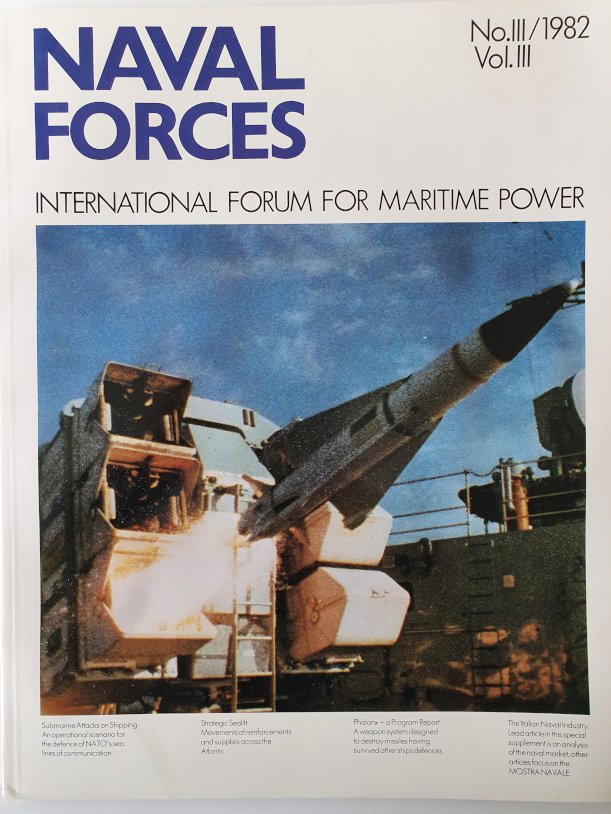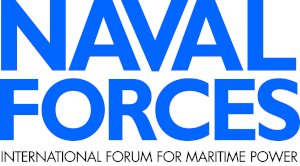The year 1982 was marked by a short but intense armed conflict: the Falklands War. The third Edition of Naval Forces that was released in June reported in greater detail on the Falkland (Malvinas) incident. Editorial director Vice Admiral (Ret) Sir Ian McGeoch warned in his editorial note that escalation of the conflict left no room for diplomacy since its very beginning in April. Instead, the tempo of naval, air and land operations increased throughout the first half of May as the United Nations’ attempts to mediate a peace were rejected by the Argentines. A more detailed “Diary of the Falklands Conflict” was released in the subsequent issue of Naval Forces in August. The era of the 1980s was a period of nuclear build-up. During 1982, it became clear that the relationship between the Soviet Bloc and the West would not improve following the announcement made by the United States (on 12 December 1979) that they will station 108 Pershing II missiles in West Germany by 1983. This was seen as a response by NATO to oppose plans by the Soviet Union to continue to deploy road-mobile SS-20 (‘Saber’) missiles on its own territory. This intermediate-range ballistic missile (IRBM) entered service in 1976. But there have been enormous investments in conventional military hardware in the course of the early 1980s, eventually culminating in the biggest armaments race in history – at the cost of the USSR’s economy for many years to come. A strategy and naval policy reportage in Naval Forces III/1982 submitted by J. R, Hill, at that time serving as Rear Admiral in the Royal Navy, took a close look at the imminent threat posed by Soviet submarines on shipping. Countering (heavy) submarine attacks would require NATO to choose completely new tactics – perhaps in the course of ‘defence in depth’ – that may include more advanced capacities like the anti-submarine aircraft. Their availability, however, was long time in question. As a consequence, major NATO maritime powers – like the United Kingdom – put a great deal of effort into solving the problem set by Soviet submarines. The ‘destruction’ of enemy submarines from the air gained massive interest, culminating in the upgrade of existing assets or procurement of new platforms, communications systems, navigation aids, sensors and weapons. In a three-page essay that also appeared in Naval Forces III/1982, Air Marshal Sir John Curtis, at that time responsible for NATO’s maritime air operations in the Eastern Atlantic and the Channel, ventured a look into future, noting that “the [maritime patrol] aircraft will remain the most effective weapon in combatting the submarine […].” Forty years later, and three decades after the dissolution of the Soviet Union, this concept remains valid.






